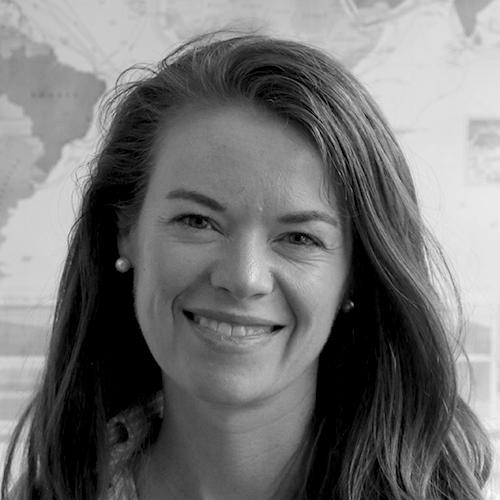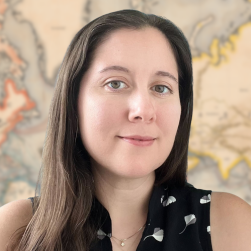In 2024, we saw many telecom headlines in the mainstream media. There were stories on the evening news about submarine cables relating to geopolitics, network outages, and even the potential impact of AI.
At this year’s Pacific Telecommunications Council conference, I thought it would be interesting to take a closer look at how those headlines actually impacted the market in terms of pricing.







